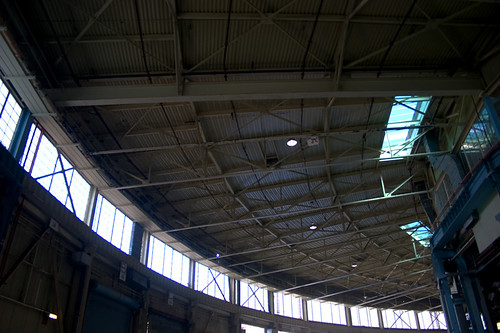Did Lights Out! Work?
February 2nd, 2007By Jonathan H

A Satellite Image of Europe at Night. Courtesy C. Mayhew & R. Simmon (NASA/GSFC), NOAA/ NGDC, DMSP Digital Archive
You have to wonder what effect was of the recent?viral campaign to reduce France’s power consumption.? Lights Out! was the brainchild of France’s Alliance for the Planet. Online groups and e-mail forwarding helped propel the campaign into somewhat of a world-wide boycott on energy use — if only for five minutes.?
The plan was to reduce a significant portion of our energy consumption from 6:55 PM to 7 PM GMT on Thursday, Februrary 1st. It coincided with the release of a major report that includes findings from scientists and representatives of 113 governments.
What was the overall effectiveness of Lights Out? Don’t forget, we’ve tried similar schemes to reduce gasoline consumption and induce an artificial drop in prices. The BBC says it best: “During the switch-off, the power grid operator RTE observed a fall of 800 megawatts, representing just over 1% of France’s total consumption. ”
Ironically, this leads credence to the report’s findings. At one point, the report categorically states that temperature changes and rises in sea level “would continue for centuries” no matter how much we try to control our pollution.
This isn’t to say that conservation isn’t good, but the Lights Out! campaign is just one indicator that people won’t make positive changes towards climate change in the future, unless it is more economically beneficial to do so.? Technology like cold fusion, nuclear energy, and new clean alternatives are a step in the right direction, but we need to kickstart research into clean-burning fuels and higher efficiency standards — hopefully by doing so, we will decrease the cost of energy all while helping the planet reach homeostasis.




 Show on map
Show on map
